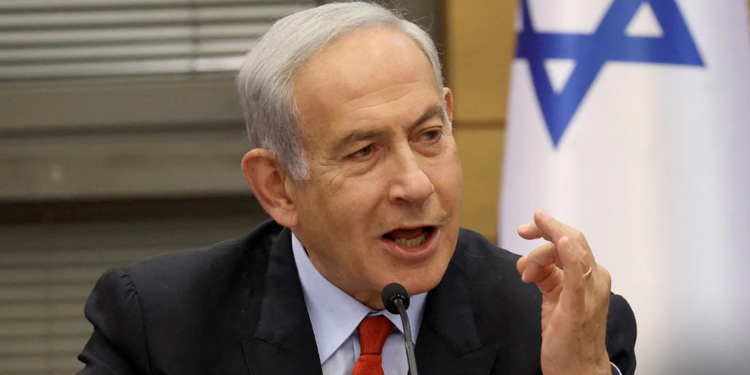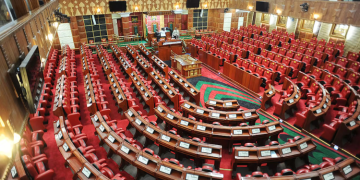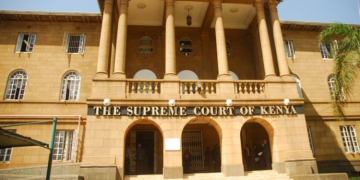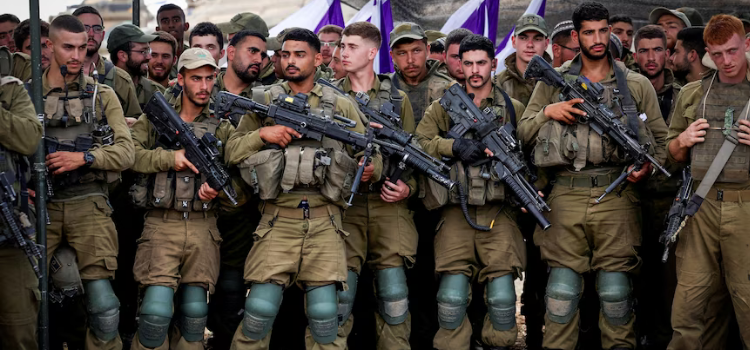A senior Hamas commander, Taj al-Din al-Wahidi, was killed in an Israeli airstrike on Sunday in the northern Gaza town of Jabalia, according to Gaza-based media and Hamas-affiliated sources.
His death has sparked widespread grief among Hamas supporters in the area.
Al-Wahidi served as the deputy commander of the Imad Aqel Battalion, a key unit within Hamas’s military wing, the Izz ad-Din al-Qassam Brigades.
Al-Wahidi’s Death
Al-Wahidi’s death marks a significant blow to Hamas’s northern command structure.
Known for his operational role in coordinating guerrilla-style attacks and overseeing tunnel logistics in the Jabalia sector, al-Wahidi was considered a rising figure within the ranks of the Qassam Brigades.
His battalion, named after the late commander Imad Aqel, who was killed by Israeli forces in 1993, has been instrumental in Hamas’s military operations in northern Gaza.
In a statement released shortly after the strike, Hamas confirmed al-Wahidi’s death and vowed retaliation.
“The blood of our martyrs will not be spilled in vain. Al-Wahidi was a hero of resistance and a pillar of steadfastness in the face of occupation.”
Israel Strikes Amid Ceasefire
The strike, which occurred in the early hours of October 19, targeted a residential area in eastern Jabalia, a densely populated district that has seen repeated bombardment since the escalation of hostilities resumed earlier this month.
The Gaza Health Ministry reported that at least 45 people were killed in a series of Israeli airstrikes across the enclave on the same day, including women, children, and a journalist.
The Israeli military has not officially commented on the specific strike that killed al-Wahidi, but said in a broader statement that it had targeted multiple Hamas military sites and operatives involved in planning and executing attacks against Israeli civilians.
The airstrike comes amid a fragile ceasefire that has been in place for just over a week.
Both Israel and Hamas have accused each other of violating the terms of the truce, which was brokered by Egypt and Qatar in an effort to de-escalate the conflict.
Sunday’s events have cast doubt on the durability of the ceasefire, with renewed fears of a full-scale resumption of hostilities.
Jabalia in Distress
In Jabalia, the news of Al-Wahidi’s death sparked an outpouring of grief among Hamas supporters.
Hundreds gathered in the streets for an impromptu funeral procession, chanting slogans and waving the green flags of Hamas.
Local residents described the strike as sudden and devastating.
“We heard a loud explosion, and then everything was dust and screams,” said Umm Samir, a mother of four who lives near the targeted building.
“We didn’t know who had been hit until we saw the bodies being pulled from the rubble.”
Outlook and Risks
While the U.S., Egypt, Qatar, and others have invested heavily in the ceasefire, frustration is mounting over the slow pace of implementation and ongoing violations.
Also Read: Iran Declares Full Control Over Its Nuclear Program
The lack of a robust monitoring and enforcement mechanism makes the truce vulnerable to collapse.
Israel has halved the number of aid trucks allowed into Gaza, citing Hamas’s failure to return all deceased hostages.
This has worsened famine conditions and raised international concern about the humanitarian situation.
Prime Minister Netanyahu faces pressure from far-right coalition partners who oppose any deal that leaves Hamas in power.
A breakdown could reverse economic recovery and further destabilize the region.
Also Read: Israel Immediately Freezes Gaza Peace Plan Over Missing Captive Bodies
The ceasefire has eased tensions in the Red Sea and reduced the geopolitical risk premium on oil prices.
However, any renewed conflict could quickly reverse these gains, affecting global markets.
Without progress on disarmament, governance, and reconstruction, the risk of renewed conflict remains high.
Follow our WhatsApp Channel and X Account for real-time news updates.


![President Ruto Address During Mashujaa Day And How He Honored Raila [Full Text Speech] President Ruto Address During Mashujaa Day And How He Honored Raila [Full Text Speech]](https://thekenyatimescdn-ese7d3e7ghdnbfa9.z01.azurefd.net/prodimages/uploads/2025/10/ruto-mashujaa-address-360x180.jpg)










































































